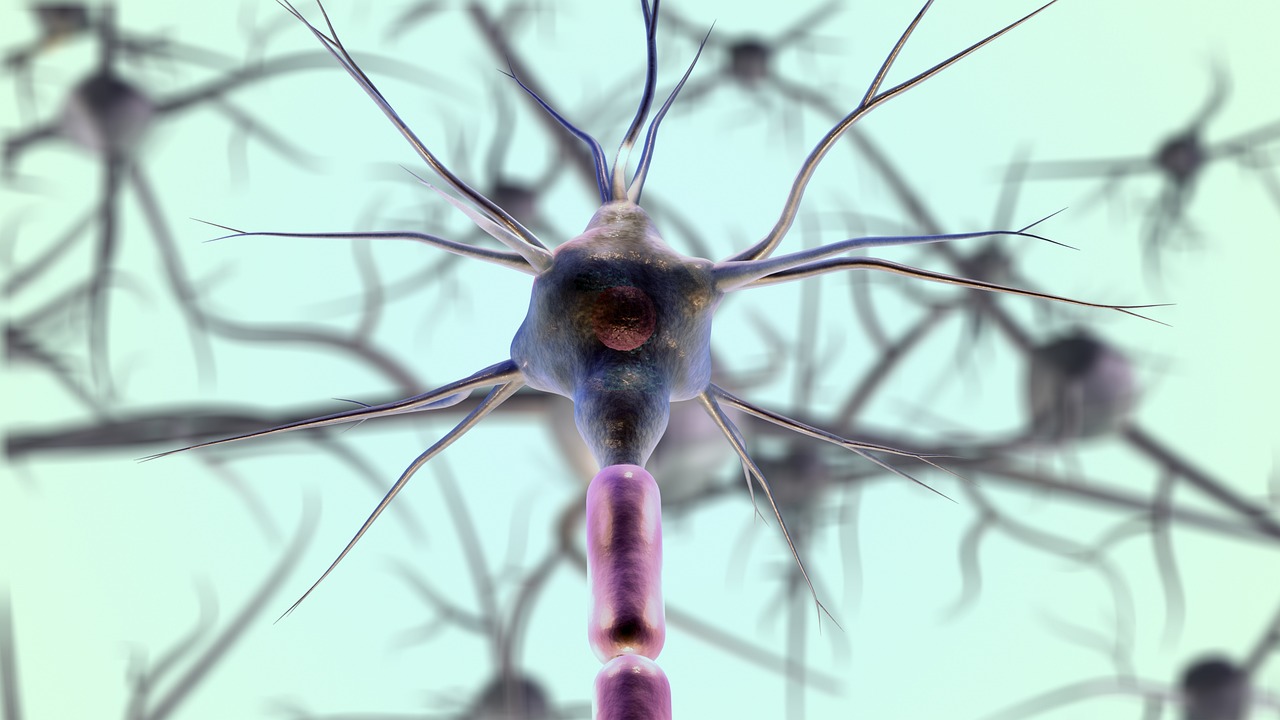Rewiring Your Brain: The Power of Neuroplasticity in Health and Wellness
We've often been told that our brain is like a computer, hardwired and unchangeable, but what if this isn't the whole truth? What if we could rewire our brain, change our habits, and improve our health and wellness? This concept, known as neuroplasticity, is revolutionizing our understanding of the brain and its influence on our overall health.

Our brain is not a static organ; it’s dynamic and constantly changing. This incredible ability to adapt and change, known as neuroplasticity, is at the heart of how we learn, grow, and heal. It’s the scientific foundation of our ability to break old habits, form new ones, and recover from injuries. In the realm of health and wellness, understanding and harnessing neuroplasticity can empower us to live healthier, more fulfilling lives.
The Science of Neuroplasticity
Neuroplasticity, or brain plasticity, refers to the brain’s ability to change throughout an individual’s life. The brain possesses the astonishing ability to reorganize itself by forming new neural connections and altering its function and structure. This adaptability plays a critical role in our development, learning, memory, and recovery from brain damage.
Current Trends and Research
The advent of advanced imaging techniques has fueled a surge of interest in neuroplasticity. Scientists are now exploring how this incredible adaptability can be leveraged for health benefits. For instance, neuroplasticity-based therapies are being developed to treat conditions such as stroke, traumatic brain injury, and neurodegenerative diseases.
The Role of Neuroplasticity in Wellness
Neuroplasticity isn’t just beneficial for treating diseases; it also plays a vital role in our everyday wellness. Our brain’s plasticity allows us to learn new skills, adapt to change, and even alter our responses to stress. By understanding and harnessing neuroplasticity, we can cultivate healthier habits, enhance our resilience, and improve our overall wellness.
Practical Tips for Harnessing Neuroplasticity
- Mindfulness and Meditation: Regular meditation can change the brain’s structure and function, promoting neuroplasticity. Studies have shown that meditation can increase cortical thickness and brain volume in areas associated with attention, introspection, and sensory processing.
- Physical Exercise: Regular physical activity promotes the production of brain-derived neurotrophic factor (BDNF), a protein that supports neuroplasticity.
- Lifelong Learning: Engaging in ongoing cognitive stimulation, such as learning a new language or instrument, can support healthy brain aging and neuroplasticity.
- Healthy Diet: A balanced diet rich in omega-3 fatty acids, antioxidants, and other nutrients can support brain health and neuroplasticity.
- Adequate Sleep: Sleep is a vital time for the brain to rest, repair, and rewire. Ensuring you get a good night’s sleep can support neuroplasticity and overall brain health.
In conclusion, the concept of neuroplasticity is reshaping our understanding of the brain and its influence on our overall health and wellness. By understanding and harnessing our brain’s incredible adaptability, we can empower ourselves to live healthier, more fulfilling lives. The ability to rewire our brains is within our reach, opening up exciting possibilities for our health and well-being.




